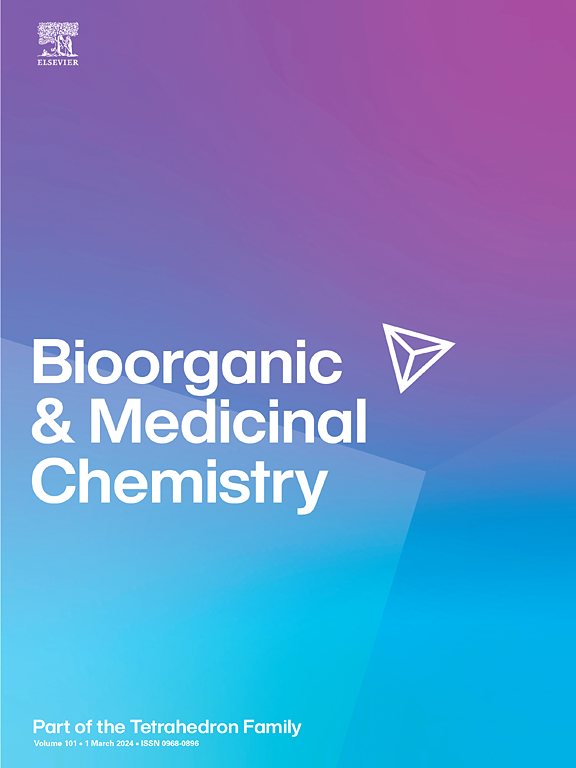Fine-tuning probes for fluorescence polarization binding assays of bivalent ligands against polo-like kinase 1 using full-length protein
IF 3.3
3区 医学
Q2 BIOCHEMISTRY & MOLECULAR BIOLOGY
引用次数: 0
Abstract
Polo-like kinase 1 (Plk1) is an important cell cycle regulator that is a recognized target for development of anti-cancer therapeutics. Plk1 is composed of a catalytic kinase domain (KD), a flexible interdomain linker and a polo-box domain (PBD). Intramolecular protein–protein interactions (PPIs) between the PBD and KD result in “auto-inhibition” that is an essential component of proper Plk1 function. Recently, we developed high-affinity PBD-binding inhibitors using a bivalent approach. These ligands contain the low-nanomolar affinity Plk1 KD-binding inhibitors BI2536 or Wortmannin tethered to the PBD-binding peptide, PLH*SpT (H* represents a –(CH2)8Ph group on the histidine side chain π-nitrogen). Due to the extremely high affinity of these bivalent inhibitors, to avoid bottoming out in competitive binding assays, it was necessary to use PLH*SpT in the affinity probe. As reported herein, we have developed fluorescence polarization assays using a new fluorescent probe based on the Plk1 PBD-binding peptide, FDPPLHSpTA. We applied the assay to evaluate the affinities of bivalent inhibitors that possess a variety of PBD-binding peptides having much lower PBD-affinities than PLH*SpT. Tethering BI2536 in these bivalent inhibitors resulted in significant affinity enhancements as compared to the parent monovalent peptides.

求助全文
约1分钟内获得全文
求助全文
来源期刊

Bioorganic & Medicinal Chemistry
医学-生化与分子生物学
CiteScore
6.80
自引率
2.90%
发文量
413
审稿时长
17 days
期刊介绍:
Bioorganic & Medicinal Chemistry provides an international forum for the publication of full original research papers and critical reviews on molecular interactions in key biological targets such as receptors, channels, enzymes, nucleotides, lipids and saccharides.
The aim of the journal is to promote a better understanding at the molecular level of life processes, and living organisms, as well as the interaction of these with chemical agents. A special feature will be that colour illustrations will be reproduced at no charge to the author, provided that the Editor agrees that colour is essential to the information content of the illustration in question.
 求助内容:
求助内容: 应助结果提醒方式:
应助结果提醒方式:


